Punta de Teno | The unspoiled tip of Tenerife
- May 7
- 5 min read
Punta de Teno is the westernmost part of the coast of Tenerife, located within the boundaries of the Parque Rural de Teno. It is also one of the lesser-known corners of Tenerife, which only adds to the charm of this remote place and for me it falls into the category of secret places on the island.

This place captivates with its raw, almost primeval landscape: towering cliffs, azure sea and characteristic lighthouse. Thanks to current restrictions on car entry (no traffic from 10:00 to 19:00 in winter and from 9:00 to 20:00 in summer) , Punta de Teno remains one of the few places on the island almost completely free from crowds, making it an ideal destination for those looking for authentic, uncrowded views.
The introduction of special rules for entering Teno undoubtedly helps protect the ecosystem, but preventing entry by bike or on foot limits the full enjoyment of the scenic route to the cape. In 2024, we were still able to enter by bike - that's when we explored this unique place.

Punta de Teno Cape - History and Location
Punta de Teno Cape lies in the western part of the Buenavista del Norte commune, on the edge of the Teno massif. The road connecting this place with the rest of the island was not built until the 1970s. Previously, residents of the village of Teno Alto had to walk a four-hour, narrow path to get to Buenavista del Norte. The isolation has helped preserve the original character of this area – vertical cliffs, laurel forests and lava fields have remained almost untouched by mass tourism .
Punta de Teno Lighthouse
At the very tip of the cape stands the famous red and white lighthouse from 1897, built of stone brought from neighbouring La Gomera, because transport by sea was easier than by land. In the past, two lighthouse keepers took turns looking after and managing the lighthouse, living there with their families. It has been entered into the Catalogue of lighthouses of cultural heritage value in Spain , run by the Ministry of Education, Culture and Sports. Today, it operates automatically, but the stone path to its foot still stirs the imagination – like a postcard view from the end of the world.
The Cape's rugged nature
Punta de Teno is located within the Parque Rural de Teno , a protected area for its unique geological and biological values . The cliffs drop steeply into the ocean, and below them stretches a narrow beach and a small cove, from where there is a panoramic view of the famous Los Gigantes and the island of La Gomera .
Flora and fauna
In the dry, windy climate of the cape, endemic species adapted to extreme conditions thrive. On the rocky shelves grow, among others , succulents Aeonium nobile and Aeonium lindleyi , and in the hollows - wild figs ( Ficus carica ) and olives. The narrow zone by the stream is overgrown with reed grass and laurel thickets (Laurus novocanariensis).
Birds have also found their haven here: ravens (Corvus corax tingitanus), kestrels (Falco tinnunculus canariensis) and Barbary partridges (Alectoris barbara) are common sights. Thanks to the limited traffic, these birds are often fearless in the presence of tourists.
How to get to Punta de Teno
Currently, due to environmental protection and the narrow, winding road, individual cars have been banned from rush hour for several years (10:00–19:00 in winter; 9:00–20:00 in summer). The most convenient way is to take a bus from Buenavista del Norte, which runs every hour and takes about 20 minutes. You can find all the information in this entry Punta de Teno in Tenerife – current travel rules
Hike to Cape Teno
Alternatively, you can walk the route from Teno Alto. Remember, however, that you need to be prepared for mountain hiking. I haven't walked the route yet, but as soon as I do (and I definitely will), I'll describe it in detail.
You can also take a boat trip along the Los Gigantes cliffs. The cruise shows Punta de Teno from the sea, which allows you to appreciate the rock formations and marine fauna. There are many places that offer cruises, you can use the Discover Teno website , for example.
What to do in Punta de Teno
At this moment, it is best to enjoy the beauty of the untouched landscape and contemplate the beauty of the world. The sunsets and the peace are unforgettable.
In addition to seeing the lighthouse from the outside and from a distance, swimming in the wind-sheltered bay of Playa Punta De Teno , or visiting the rocky-volcanic cape leading to the lighthouse, there are no other entertainments. But this is the most beautiful thing in this land far from the hustle and bustle and tourists.
It is also worth knowing that there are no public toilets here.
This will probably change after the planned renovation.
Punta de Teno – a virgin area facing change
At Punta de Teno, the historic lighthouse (from 1897) is to be renovated and transformed into an environmental interpretation centre with a café, toilets and 40 parking spaces. The investment (EUR 1.6 million, financed by EU funds) is to improve the tourist infrastructure and allow for better public access. The project also includes resurfacing and creating a bus manoeuvring point.
Disclaimers and environmental protection
Ecologists (ATAN) warn that the project will increase tourist pressure on one of the last wild areas of Tenerife. Criticism mainly concerns the planned bar and the construction of toilets, despite the lack of existing water and sewage infrastructure. The creators of the project assure that the infrastructure will be adapted to environmental requirements, and its daily emptying is to limit the impact on the surroundings.
Endangered species
The guincho nests in the area, the most endangered bird of prey in the Canary Islands. Due to human pressure, these birds are often unable to raise offspring. The government has allocated 31,000 euros for its protection, but environmentalists are demanding decisive action to limit interference in its habitat.
Geographer and ATAN spokesman Eustaquio Villalba also draws attention to Teno’s unique natural and archaeological assets, which he believes should be protected without the need for infrastructure expansion. He emphasizes that the existing lighthouse could play an educational role, explaining the significance of the site to visitors without the need for new buildings. He also points to the presence of shell mounds, remains of indigenous inhabitants, and exceptionally well-preserved local flora, including some of the largest concentrations of cardonales cacti and the endemic variety of tabaiba. The investment includes planting native plants, including sweet tabaiba, Canary Island cardamom, immortelle, and sea vine.
The President of the Tenerife Island Council, Rosa Dávila, emphasises that the project is universal in nature – it brings cultural heritage back to life and gives it back to residents and visitors. The interpretation centre is to serve education, promote the cultural and social values of the Teno Rural Park, and transform the lighthouse into a local centre of economic activity.
As always, any interference in the natural environment arouses emotions and creates controversy - including in me. On the one hand, it is hard not to appreciate the efforts to make this extraordinary place accessible to a wider group of visitors, but on the other hand, there is concern about whether it will be possible to preserve its unique, wild character. Let's hope that Cape Teno will remain what it is today - a place somewhat hidden, peaceful and full of natural beauty that attracts those who truly appreciate it. If you want to feel the atmosphere of true wilderness and raw charm of this corner, now is the best time to visit - before the changes become a reality.



























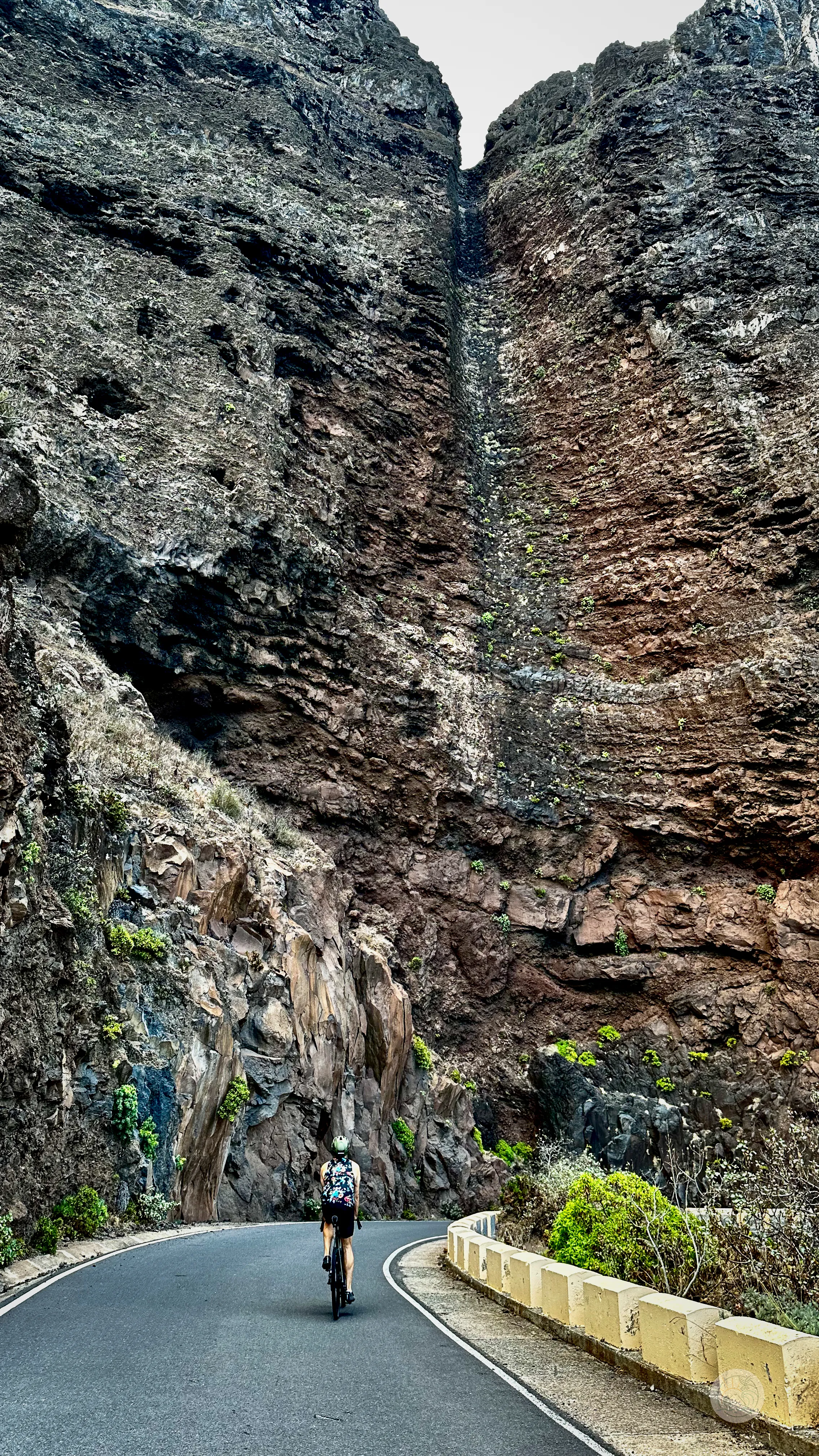
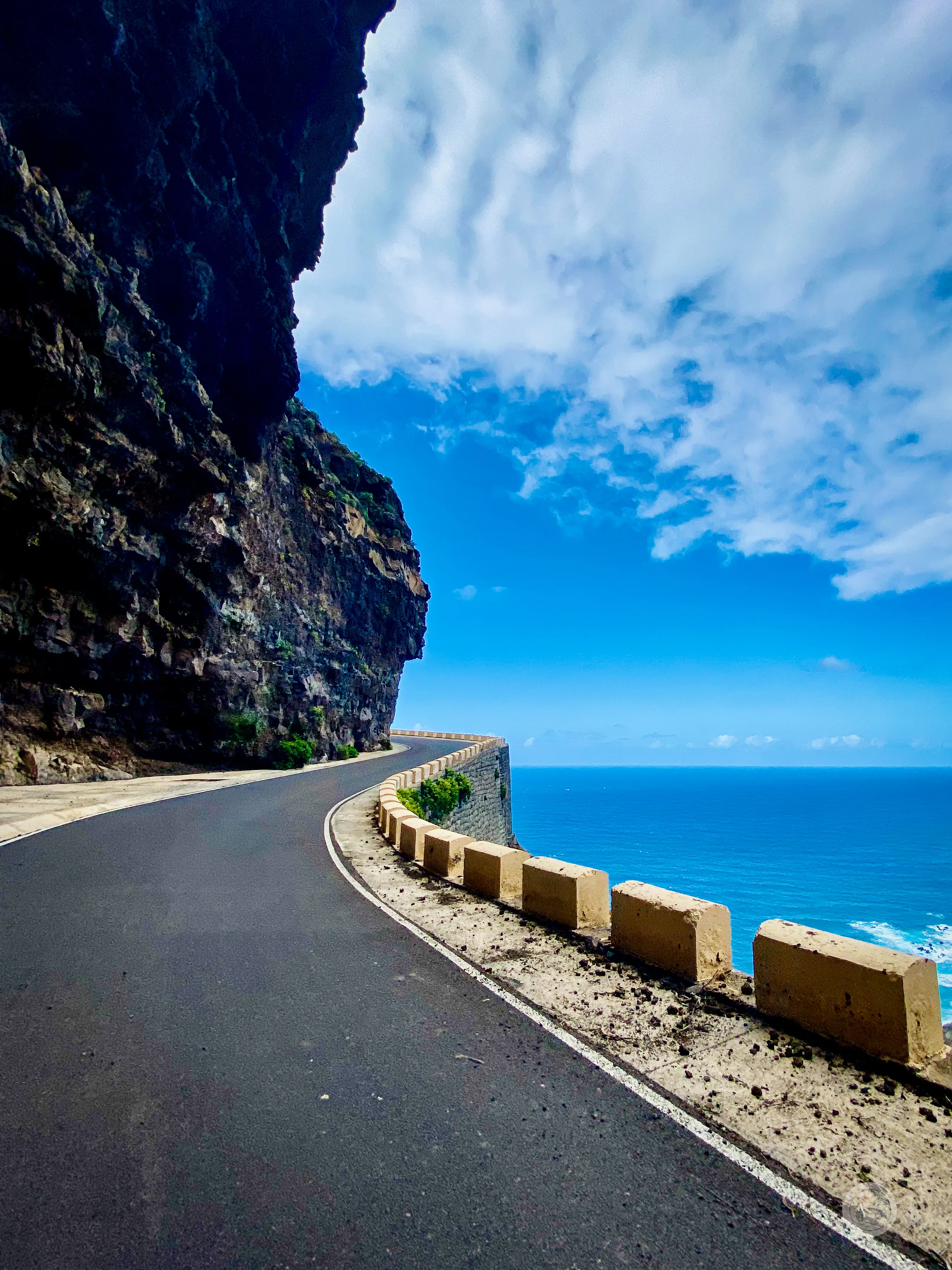
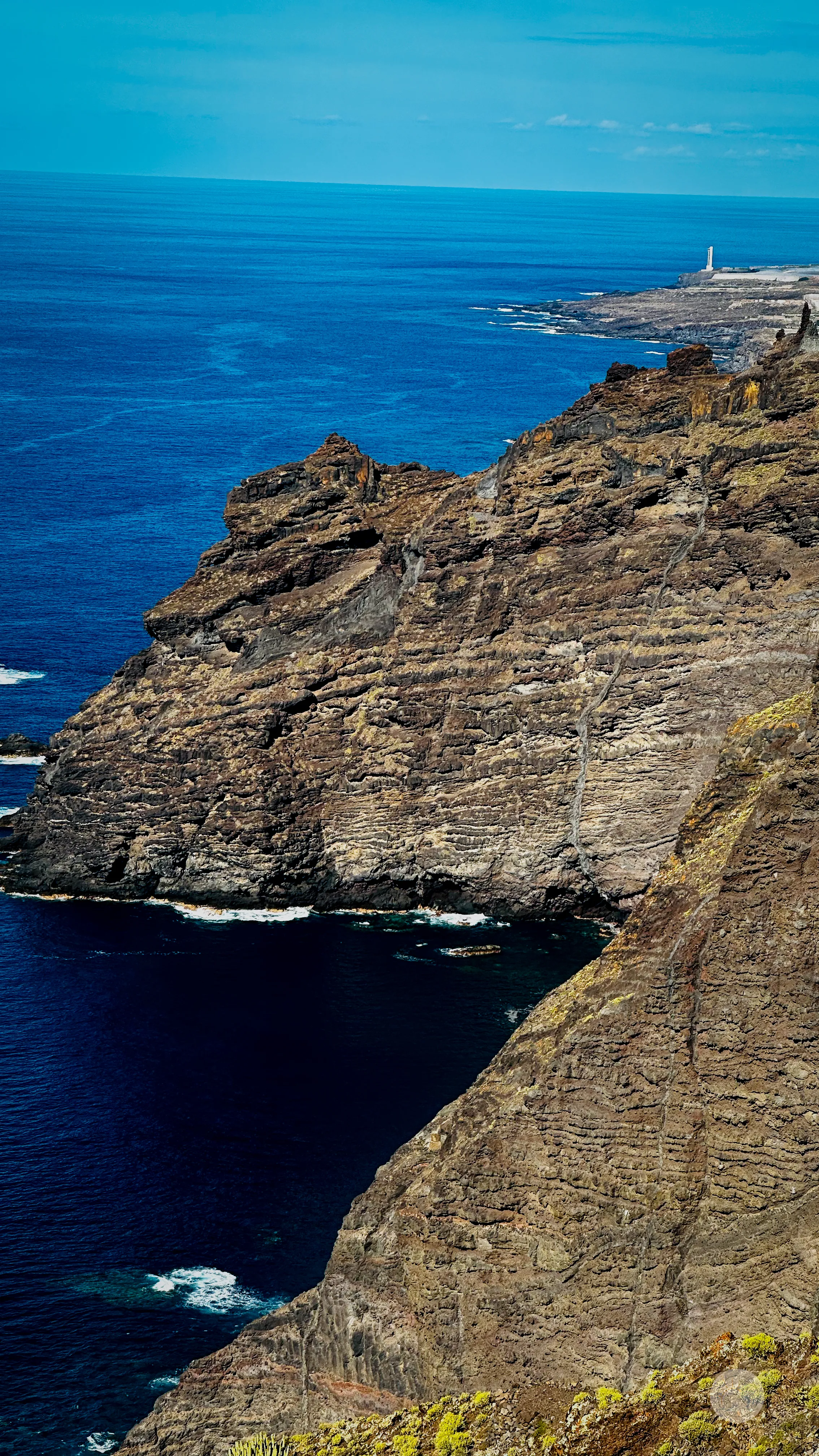
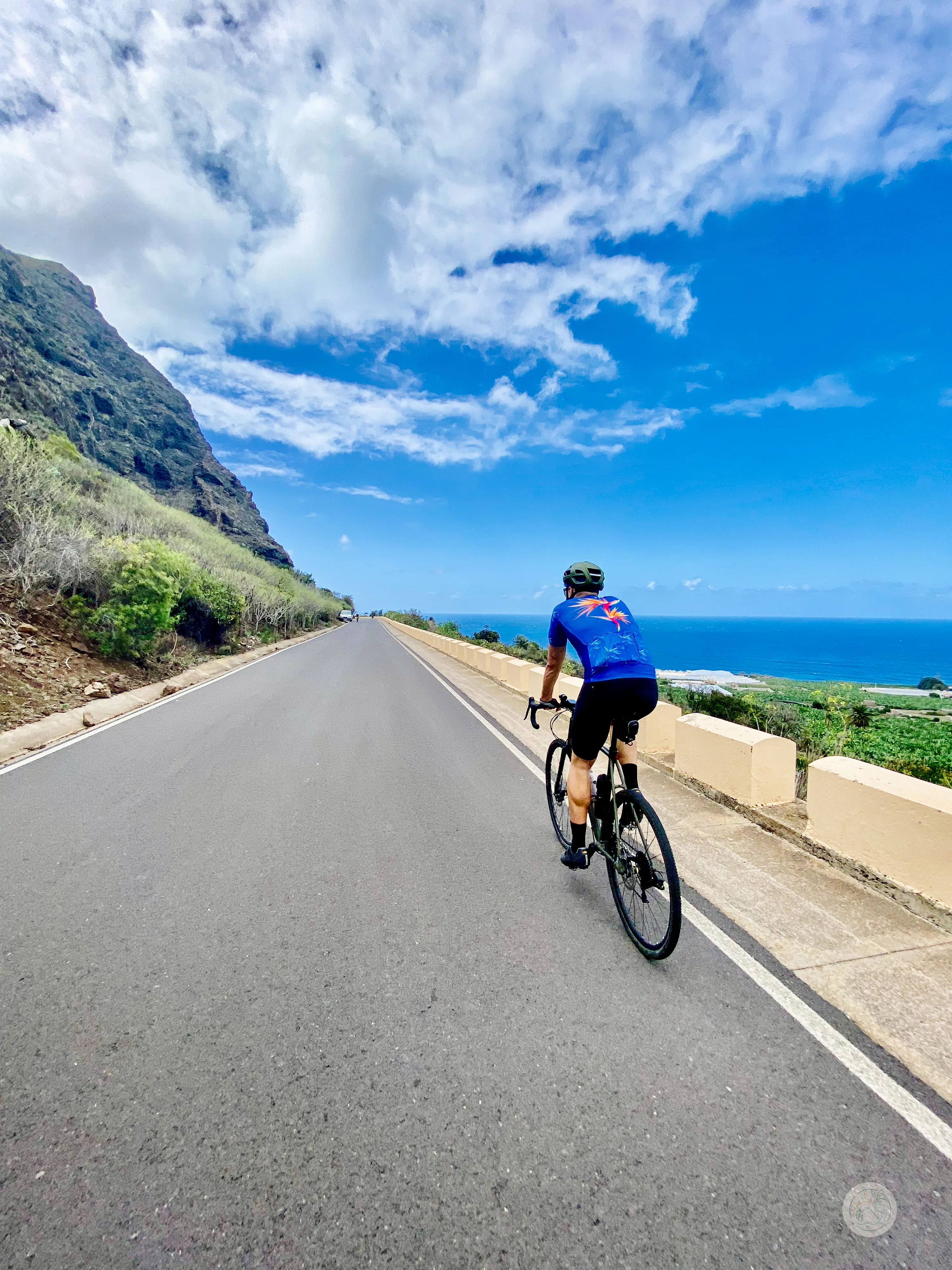
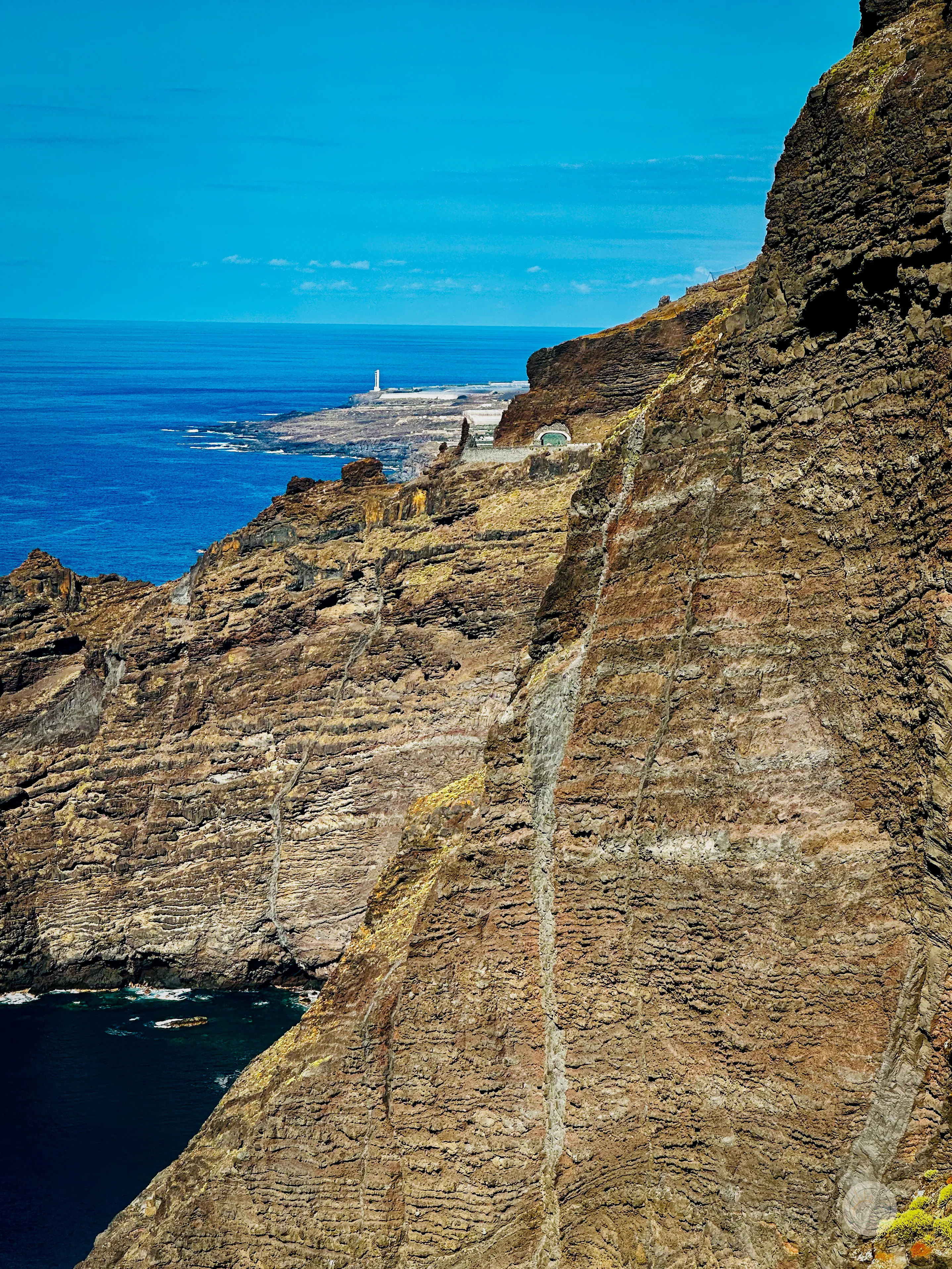
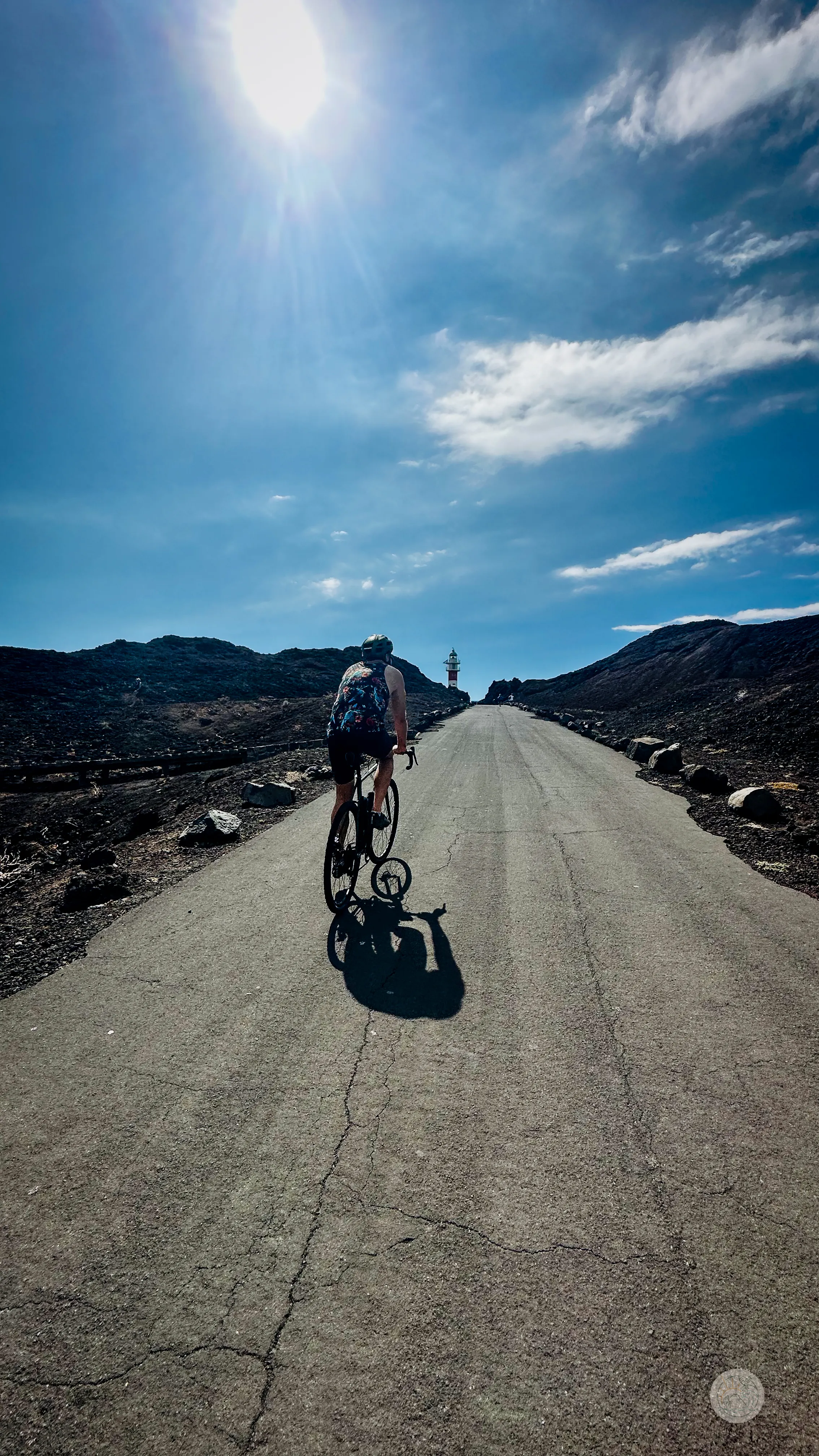


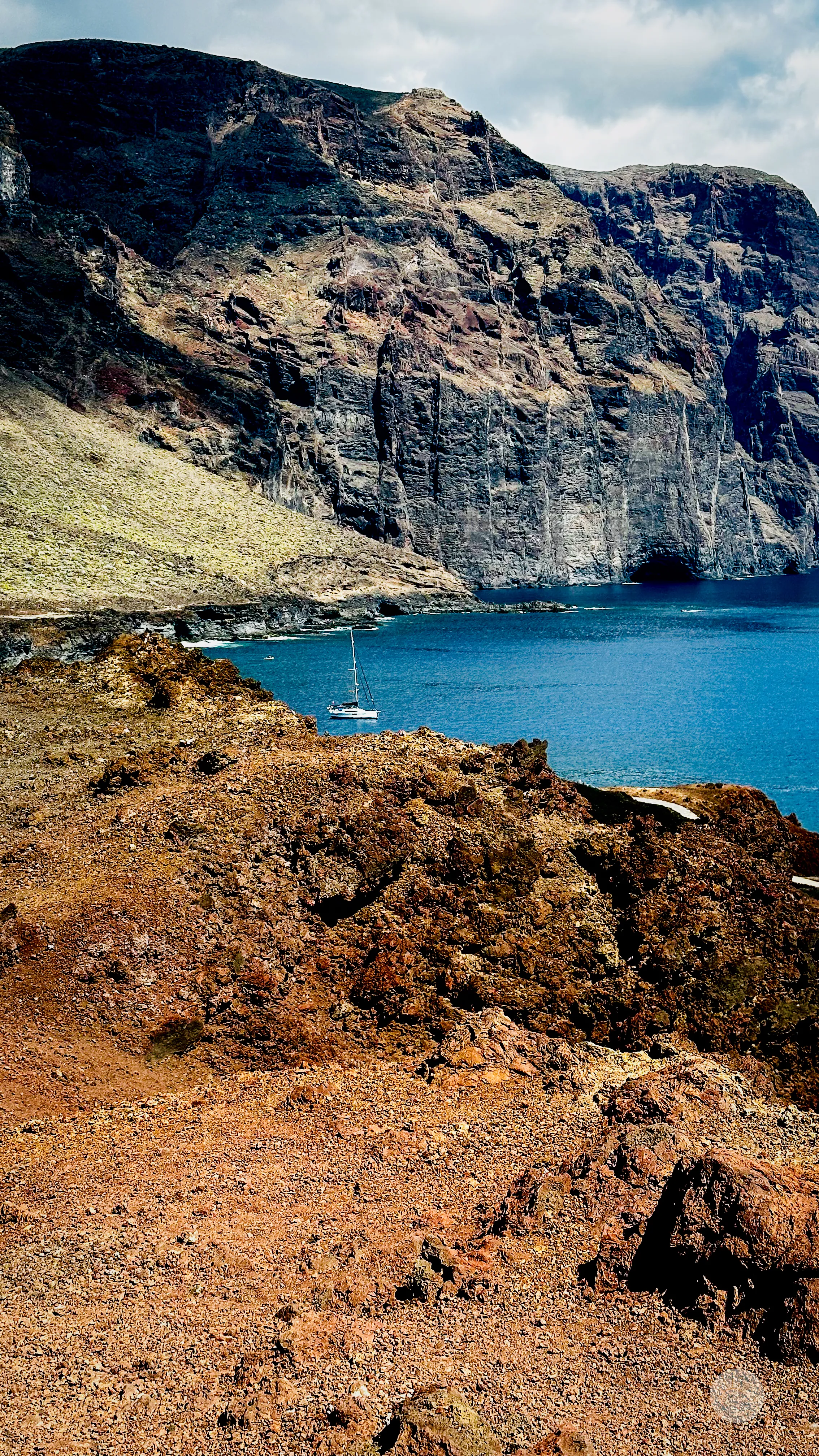
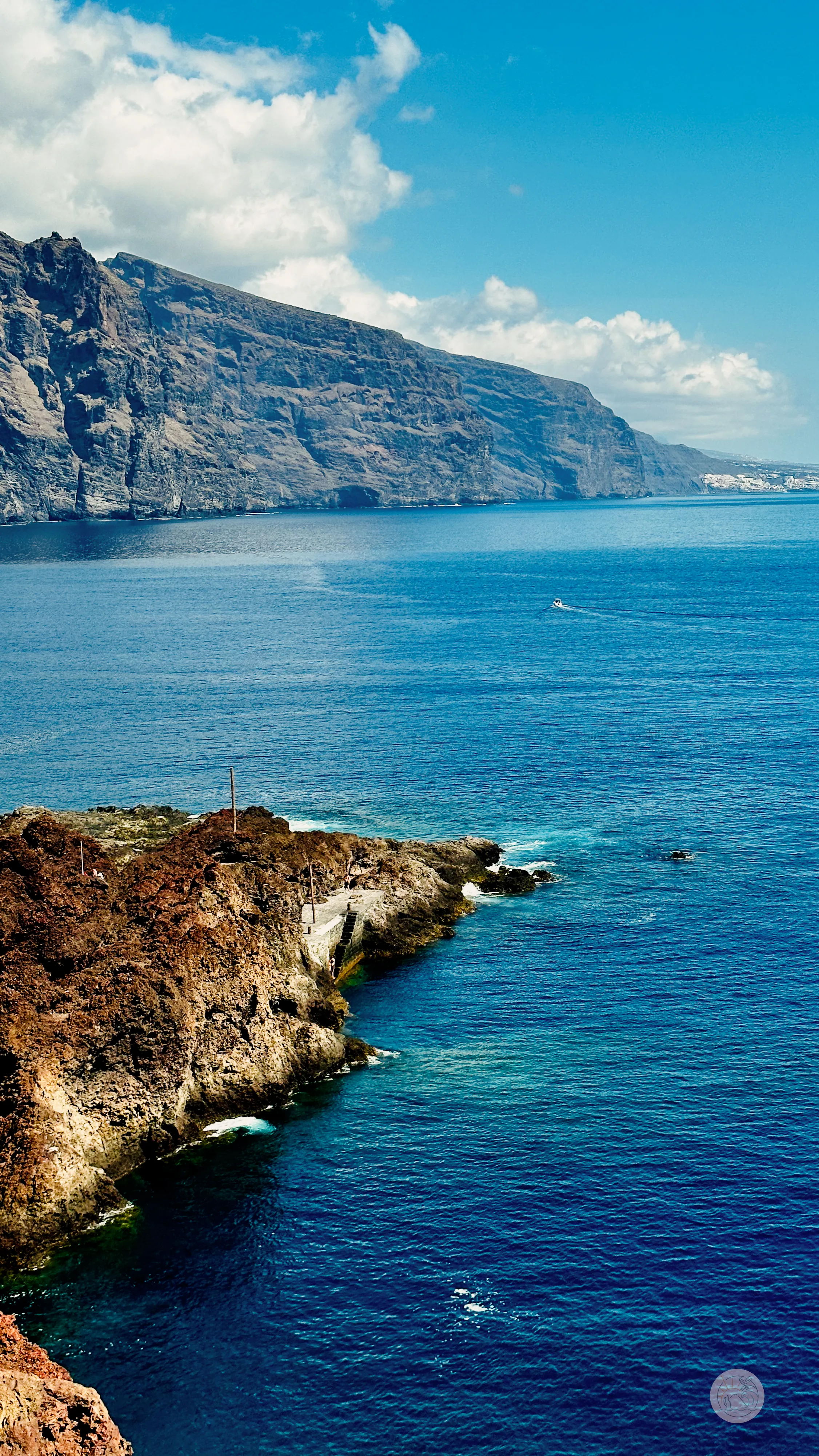
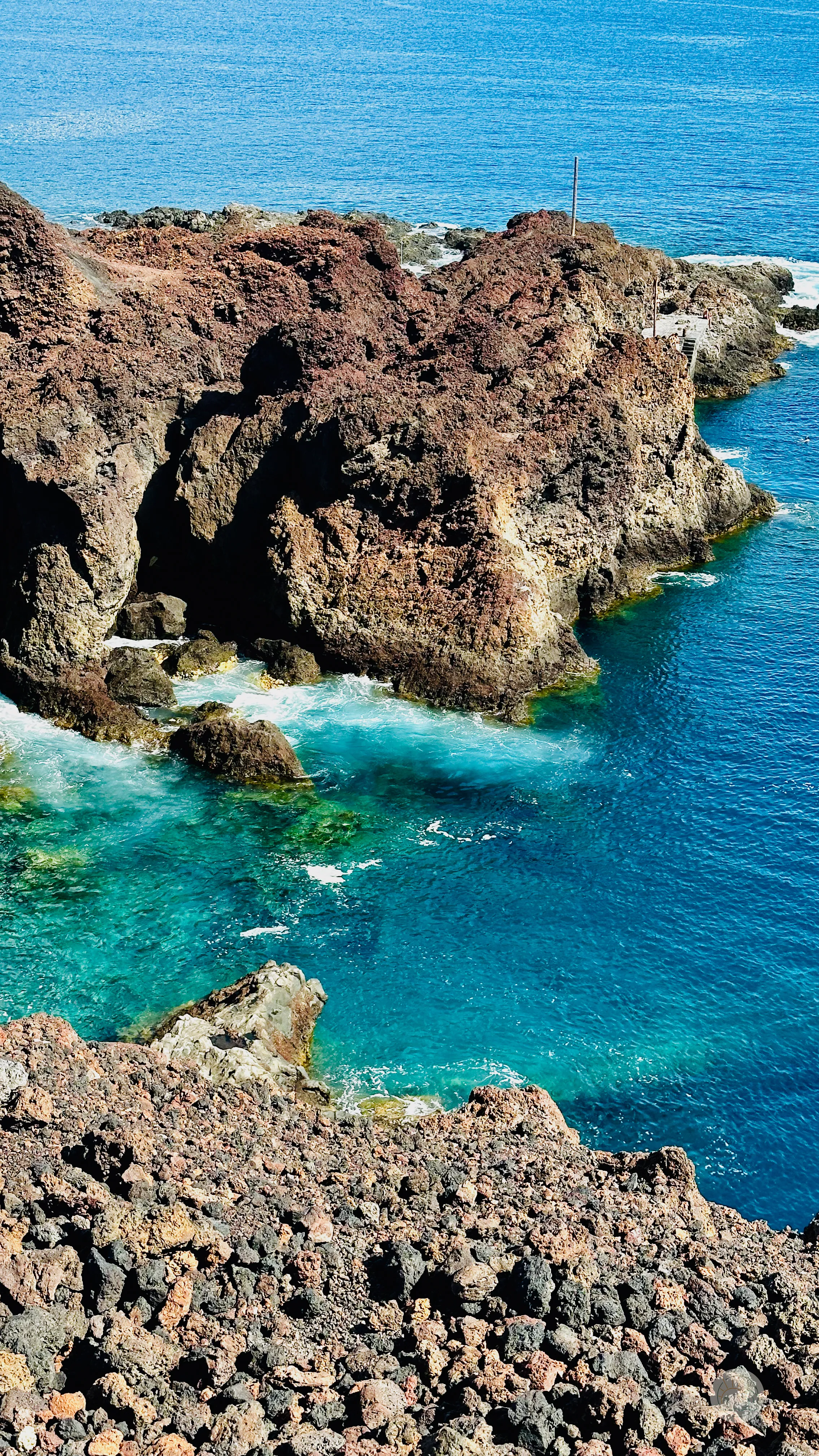
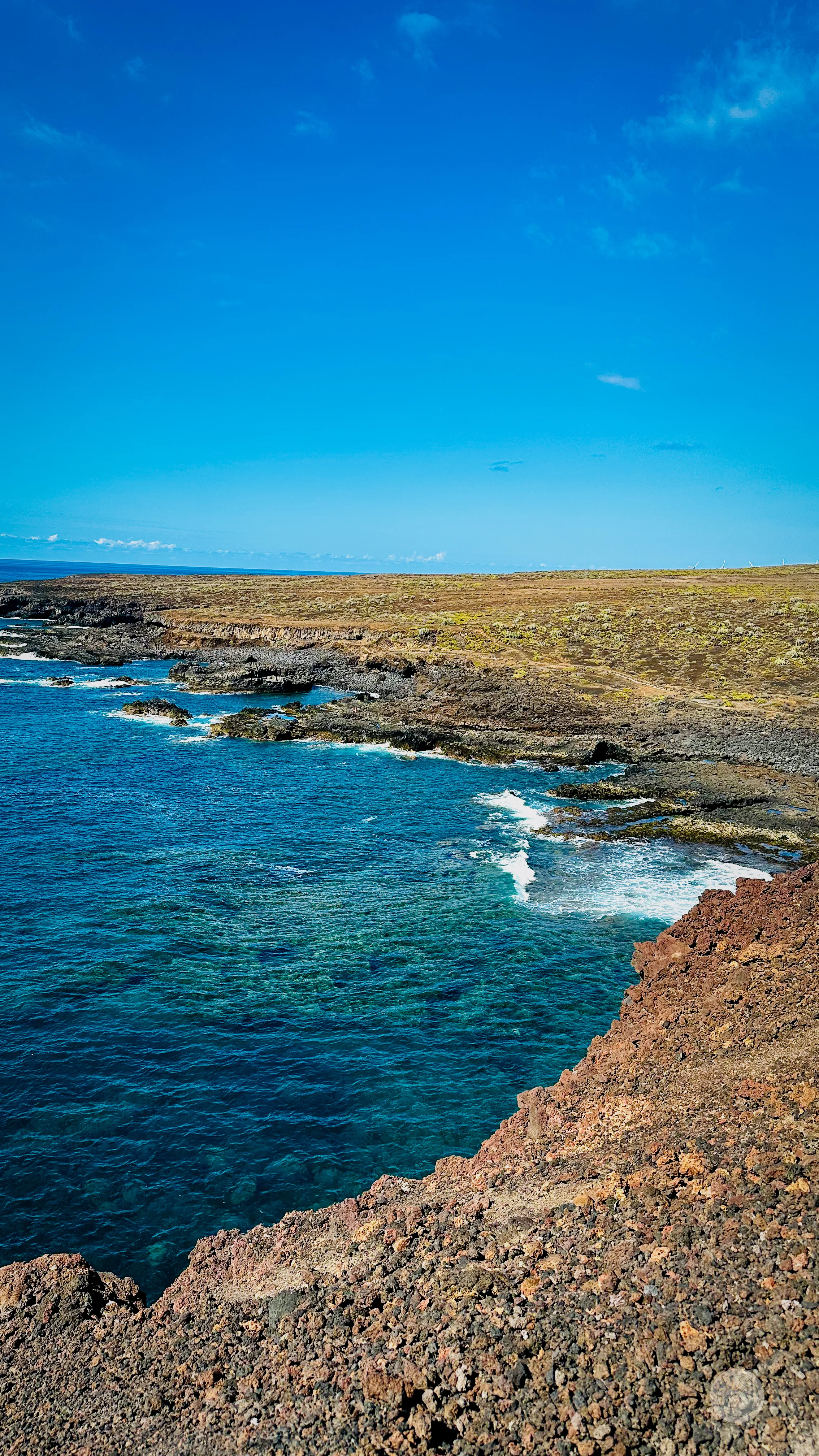
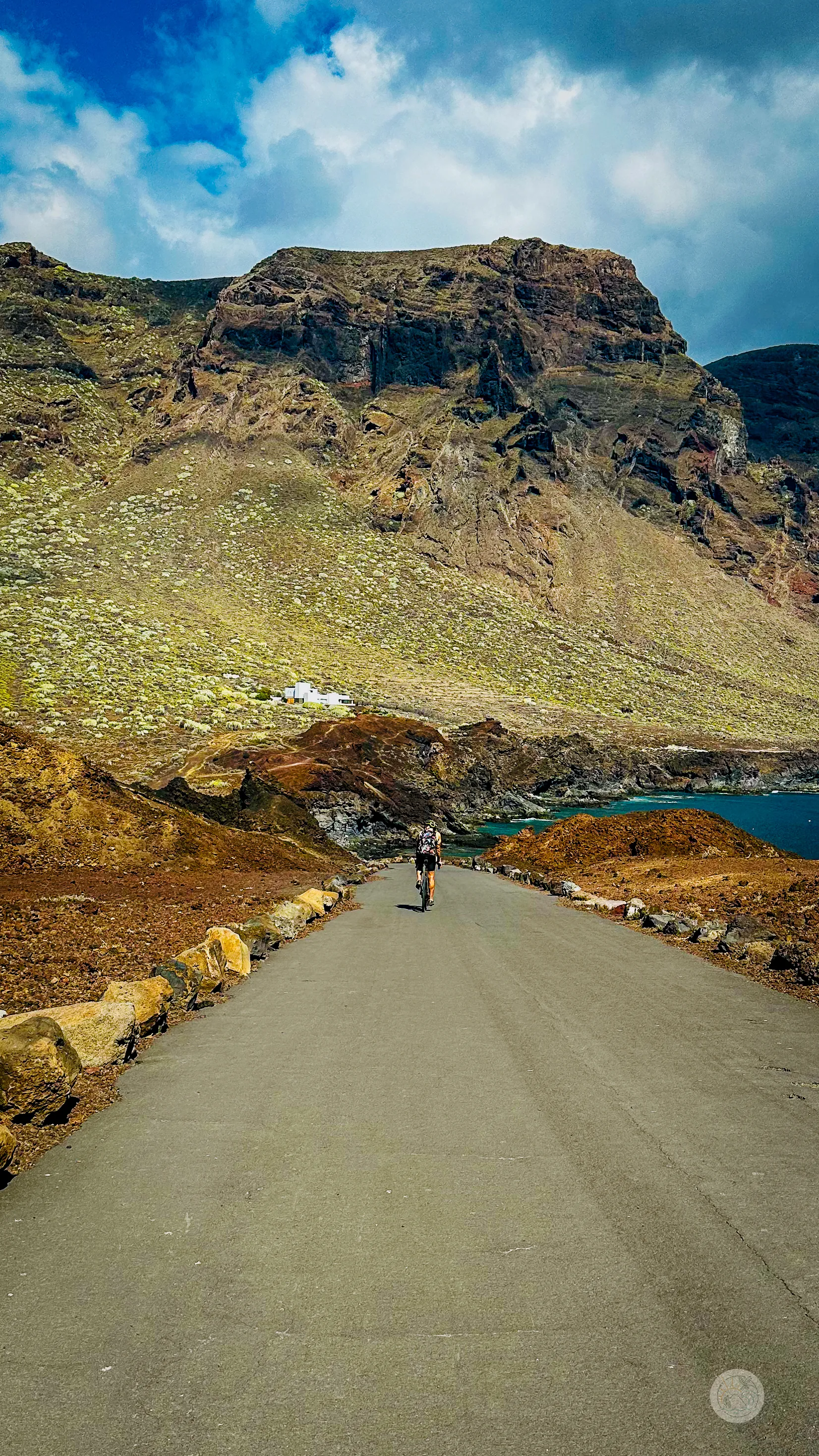
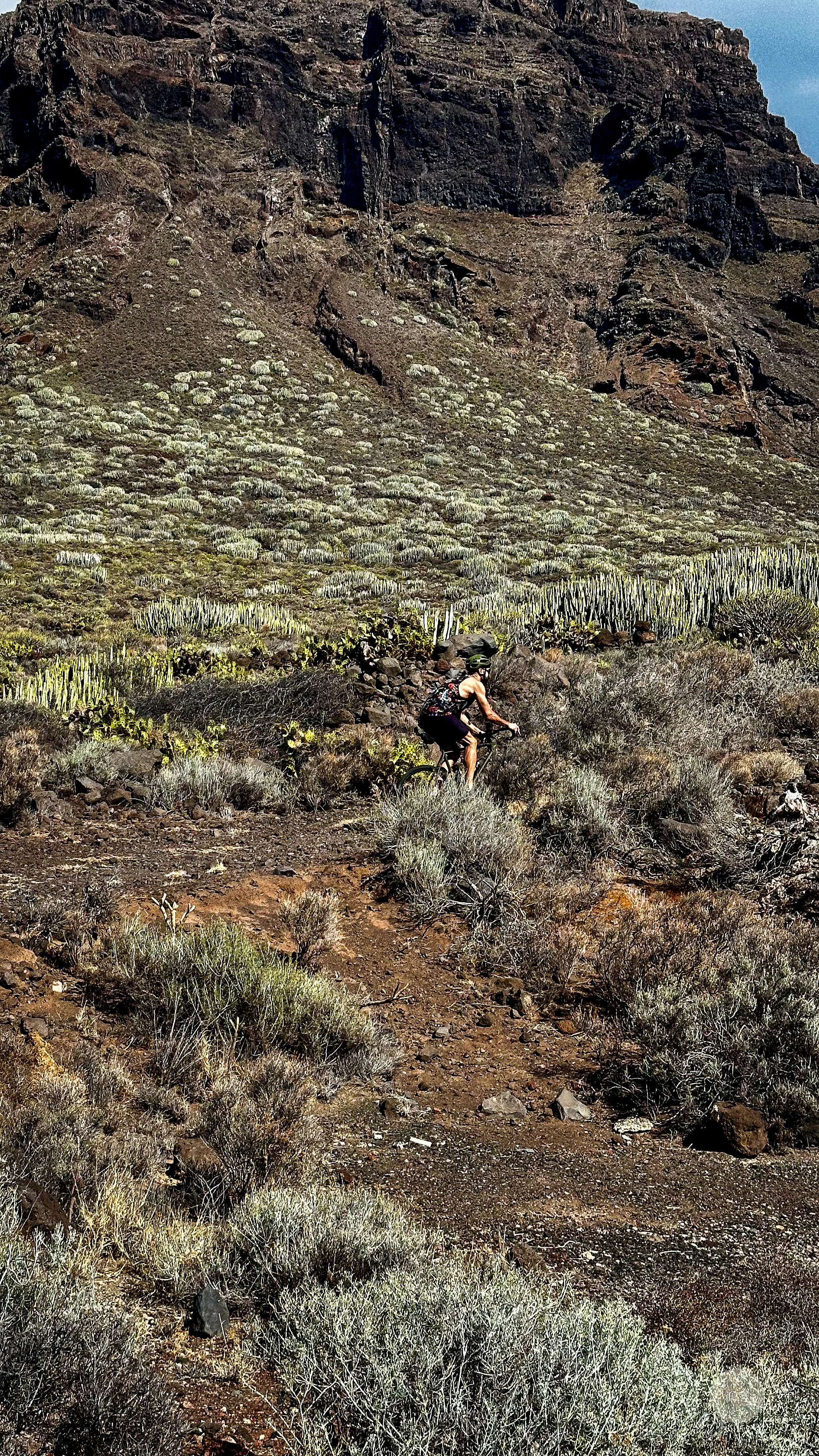
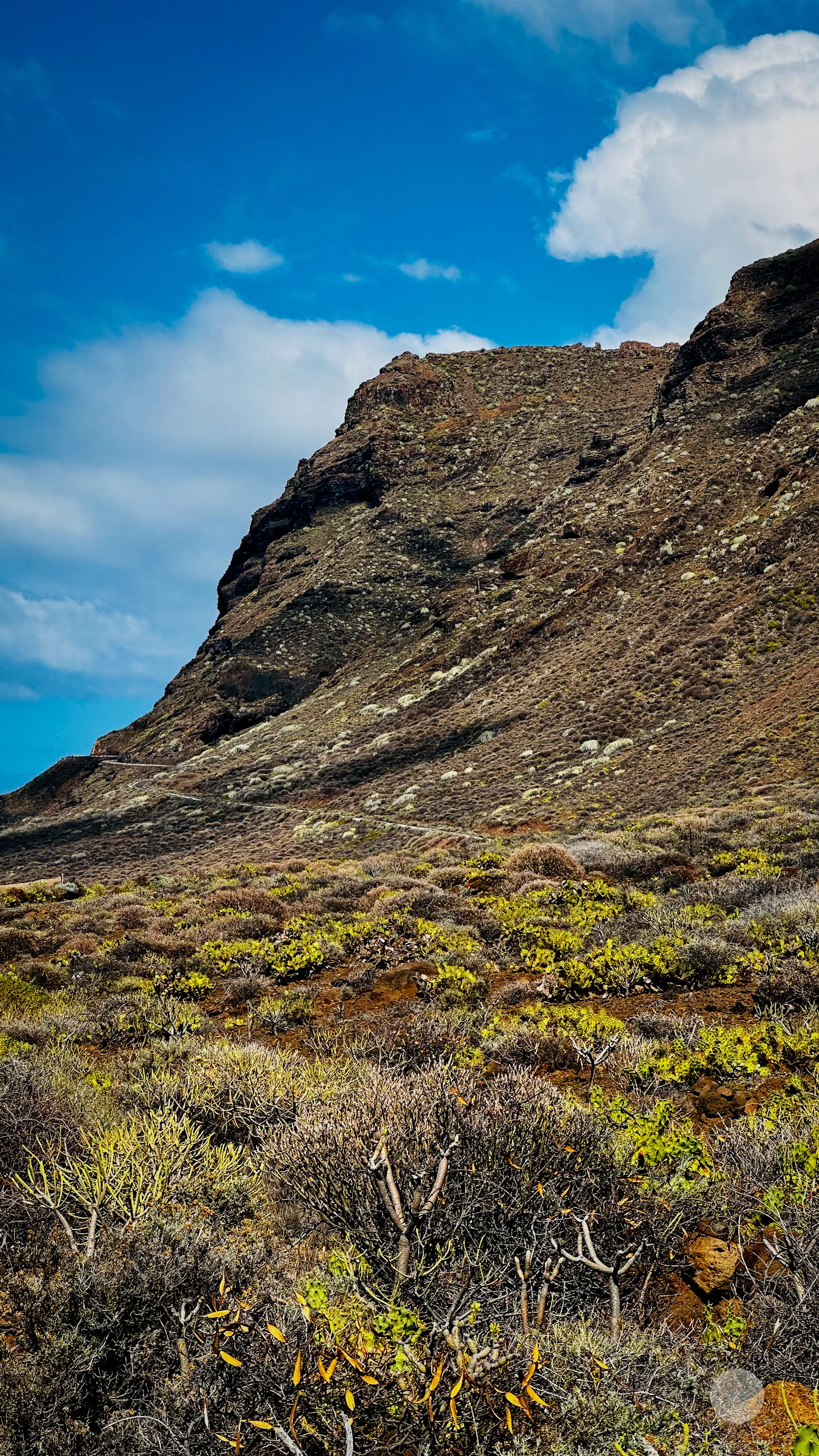
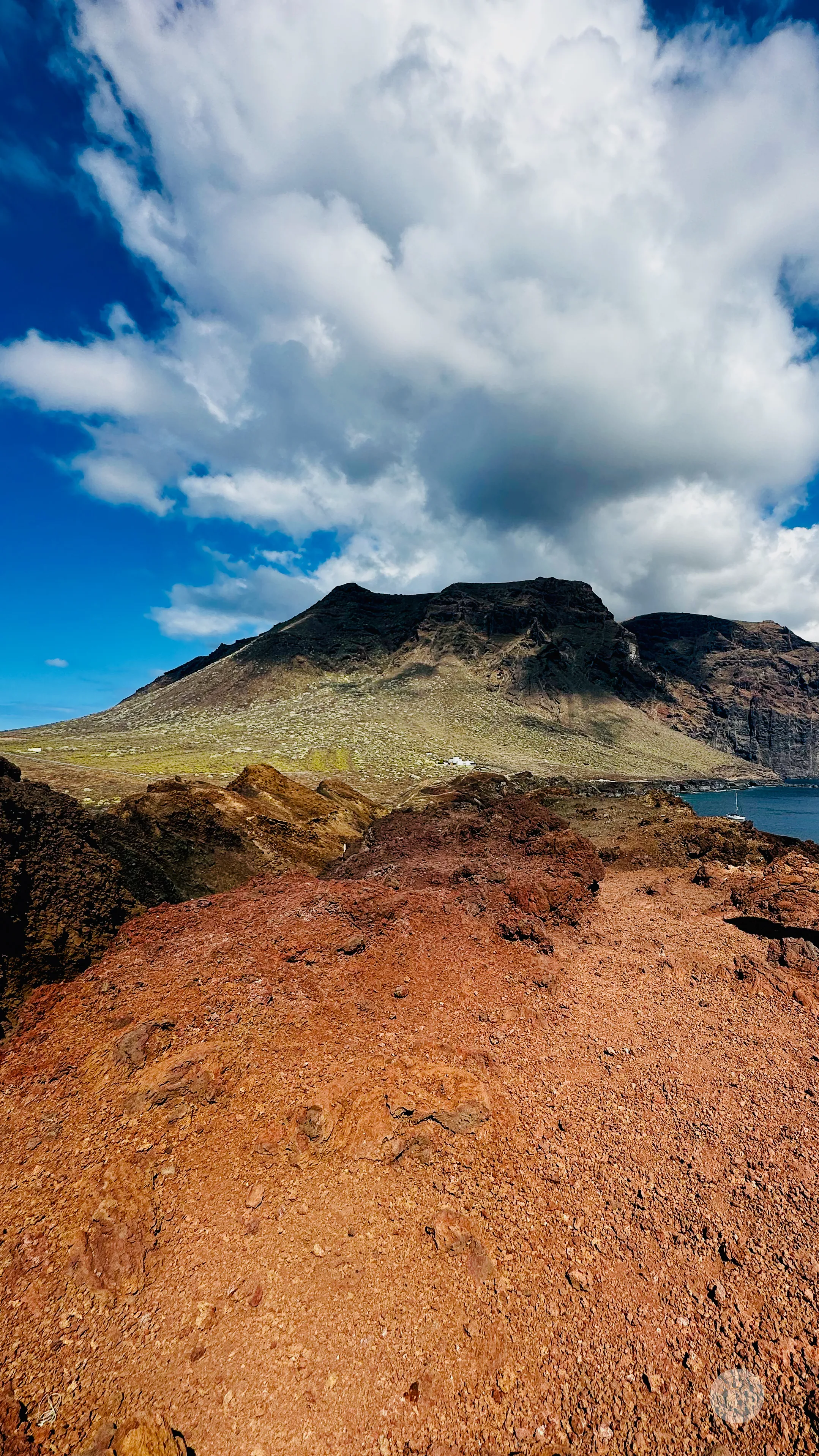









Comments